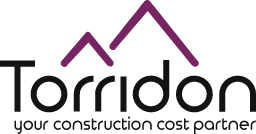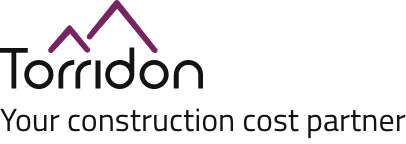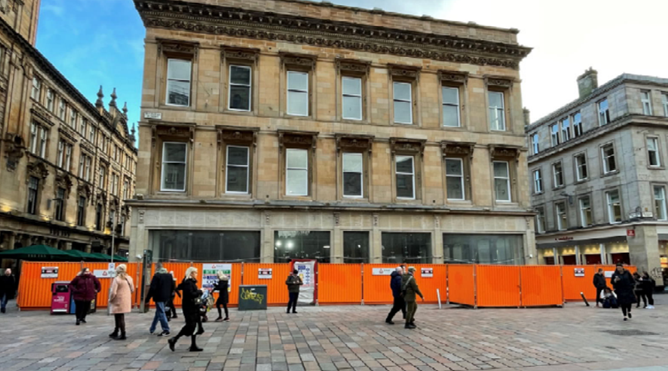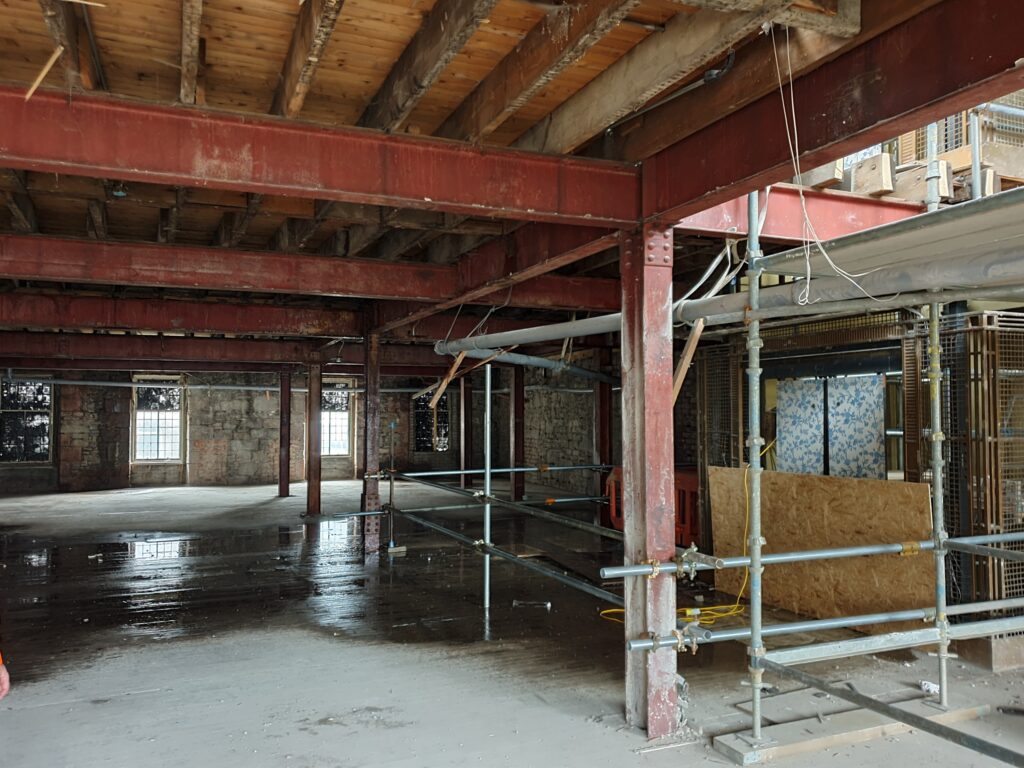
 Back to insights
Back to insights
7 questions you should be asking your QS during the construction phase when things seem to be going well
So, things seem to be going well on your project and the cost report that you’ve been issued shows a healthy position. That’s great news! Its easy to become complacent though, especially in the early stages of the project when there seems to be a relatively low rate of change and healthy amounts of contingency remaining.
Whether you are the Client, Project Manager, Architect, or another consultant on the project it’s in everyone’s interests to make sure costs are proactively managed throughout the construction phase. Healthy conversation around the costs is one of the best ways to unearth any potential issues lurking beneath the surface. Once you’ve received the cost report, schedule a meeting with your QS and ask the following questions which might help you understand the position better:-
1) How much contingency (or risk provision) is remaining?
What we are really looking to understand here is how much spare money is available on the project that hasn’t been committed yet, and is this amount appropriate for the stage of the project? What has the contingency been spent on to date?
If the project is well progressed and there is a substantial amount of contingency remaining, you might consider asking if the contingency allocation can be reduced so you can free this money up to spend this on other areas of your project / business. This needs to be carefully balanced against any outstanding risks on the project, but providing the project has been proactively managed this should be achievable. If the contingency is too low, consider allocating additional funds.
2) What are the risks that have not been resolved yet?
In order to know that there is enough money remaining on the project to cover all the commitments and anticipated changes we also need to ask questions around unresolved risks. Ask your QS to refer back to the project risk register (if you have one, or if not at least table a list of remaining risks with the project team) to establish what risks have been mitigated to date and what risks are outstanding. Are there any new risks which have cropped up on the project that are not accounted for within the report?
3) How much of the project cost is provisional, versus fixed/agreed?
Within your contract at the beginning its most likely that there were provisional sums set aside for items that were known about (but not fully designed or detailed), and others for items that are suspected to be required but the extent was unknown. During the project, its likely that your QS has also been setting aside additional provisional amounts within their report for items that have been discovered during the construction phase but the contractor has not submitted a quotation for.
Provisional amounts are inherently more risky than fixed costs, so what you want to establish is how much of your project is still ‘provisional’ across all of these categories, and what steps are required to close out any provisional items? What is the target date to resolve each of the provisional items? Is there a risk that some of these provisional sums will increase? Are there any opportunities within the provisional sums (i.e. where expenditure may be lower than originally anticipated, or that some of these may no longer required)?
4) Of the change on the project, how much of this is client versus design development?
What we want to establish here is where the change on the project has originated from. For instance is it all down to the expenditure of provisional sums, or is it a mixture? This could be broken into various categories within the cost report for ease, for instance;
- Client change / instructions
- Design development
- Provisional sum expenditure
- Unidentified project risk
- Remeasurement (if applicable)
Depending on how your project has been set up the main one to watch out for is the first item (client change / instructions). For expenditure in this category, additional funds should ideally be allocated to the project to the value of the expenditure, as normally the contingency is not intended to cover changes to the brief. If this is not possible, then refer to the first and second points in this article and make sure everyone on the project team is comfortable that all risks have been mitigated sufficiently to allow this drawdown of funds from the contingency, otherwise this could lead to a nasty surprise later in the project.
5) What is the status of the final account agreement with the contractor(s)?
Even in the early stages of the construction project, your QS should be maintaining a rolling final account with the contractor. What you really want to get an understanding of here is how much of the project cost has been agreed with the contractor? Has the QS been struggling to get cost estimates from them? Or are there many items that have not been agreed? Clearly both of these issues need to be addressed as soon as possible, and both are risks that should be accounted for within the cost advice you have been given.
6) How does the cashflow compare to the original projected cashflow?
Cashflow variance on a project can often be an early sign of impending issues. Its important to bear in mind that there may be genuine reasons for variance against a cashflow (and the original forecast is only indicative). However, it can also indicate remeasurement issues, change on a project, programme delays or potentially contractor (or subcontractor) solvency issues.
What you want to understand from the QS is what is the variance in the cashflow from the beginning of the project on a monthly basis so this can be interrogated. Is there a trend? Was the original cashflow realistic? What has the contractor forecast as their cashflow to completion (and do the dates tie up with the original programme)?
7) What are the top 3 actions you will be taking in the next month to improve (or maintain) the current cost position?
By this point you might have unearthed some potential issues that need to be resolved, or further work done. If you haven’t there are still proactive actions that your QS can take to make sure the cost position does not deteriorate in the next reporting period, so ask what steps they will be taken, and agree a timescale to follow up.
Conclusion
Now you’ve read about the 7 questions to be asking your QS about the costs during the construction phase of your project you hopefully feel better equipped to go into your next cost meeting. It’s by no means exhaustive as every project is different but by following the key principles each time you receive your cost report / update this facilitates an open conversation about cost on the project and ensures that everyone has a better understanding, and importantly helps to identify any future issues so that they can be proactively managed.
Tags: Cost Certainty
